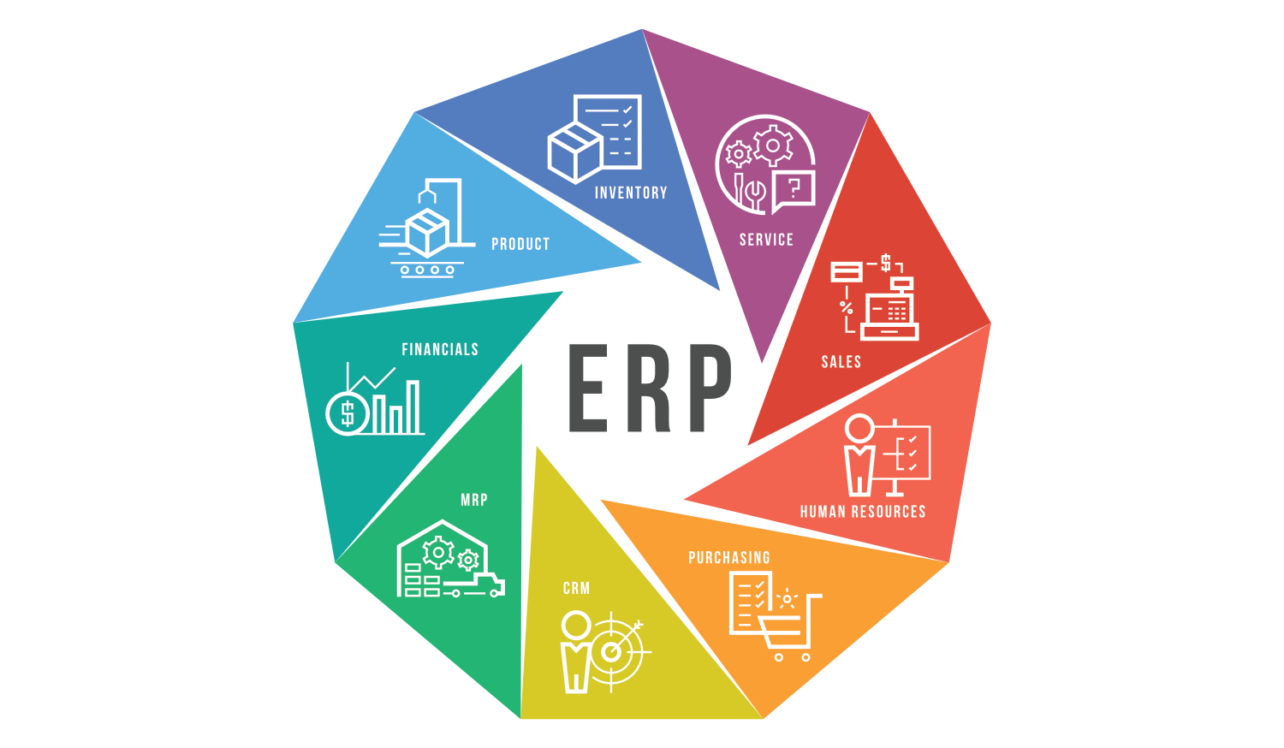Electronic Invoicing – Definition
Electronic Invoicing (e-Invoicing) is defined as the interchange of digital invoices between two or more entities (businesses, government, natural persons) involved in a business transaction. The definition is not only concerned with the issuance and receipt of digital documents, but also with the automation of all of the processes that are involved in them, from their archiving and retrieval to the management of disputes that might occur.
The meaning of Electronic Invoicing is not limited to the required sales accompaniments. It is concerned with all of the output by ERP systems: documents between the two business companies: offers, orders, purchase orders, etc.
Electronic Invoicing is also mandatory in Greece
Added value of electronic invoicing
E-Invoicing: Historical Background
Since the mid 1960s, companies started utilizing electronic communication with their business partners in order to transmit documents, such as invoices or purchase orders. Inspired by the idea of a paperless office and a more reliable transfer of data, they developed the first Electronic Data Interchange systems (Electronic Data Interchange – EDI). These private systems were very efficient, but not at all flexible. Each group of trading companies or business team had their own method of electronic data interchange and there was no common standard that the business partners could utilize.
Recognizing this fact, the Accredited Standards Committee X12, a standards organization chartered by ANSI (American National Standards Institute) proceeded to standardize EDI procedures. The result is known today as the ANSI X12 EDI standard, which remained the main method of data interchange between business companies up to the 1990s, where companies who offered more powerful implementations based on the web appeared. These new implementations via internet had functionalities that served the supplier as well as the client, allowing the electronic submission of separate invoices, as well as EDI file downloads, including the CSV, PDF and XML formats.
Invoices in the cloud
The prevalence of the Internet, and largely of broadband, completely changed the situation in contrast to the early forms of EDI, which even required direct connections between companies or forced them to use specific communication channels and file types to quicken machine to machine communication. Even smaller companies could now benefit from complete digitalization of their accounting.
The arrival of cloud technologies contributed significantly to the new generation of Electronic Invoicing and to the modernization of digital accounting. Beyond the digital issuance of their documents and their movement via the Internet, corporations could now transfer their whole invoice archive to reliable and secure data centres in the cloud. The invoices remain stored in Cloud with very low cost with the maximum possible security, while a physical archive which requires space and storage infrastructures causes difficulties in retrieval and is subject to deterioration with the passage of time is not necessary.
Characteristics of e-Invoicing: What an electronic invoice is and what it is not!
The 2014/55 Directive of the European Union for Electronic Invoicing in public procurements uses the term “electronic invoice” and describes it as an “invoice that has been issued, transmitted and received in structured electronic form that allows automatic and electronic processing”.
Thus, there are two basic aspects to a digital invoice: Digital reproduction and visual representation The former allows a computer to process the information contained in the data structure in a file, while the latter allows the data to be visualized in a human-friendly form.




